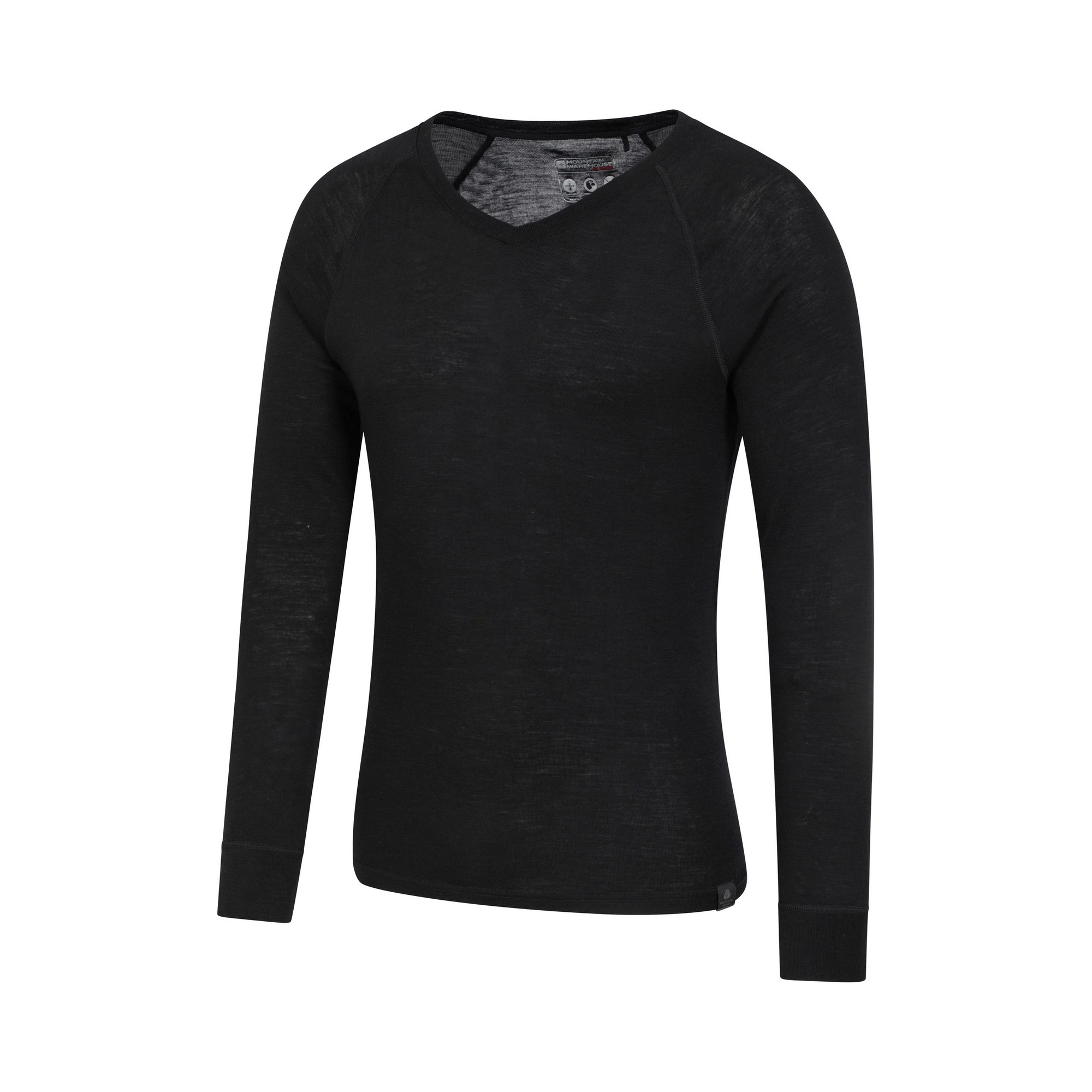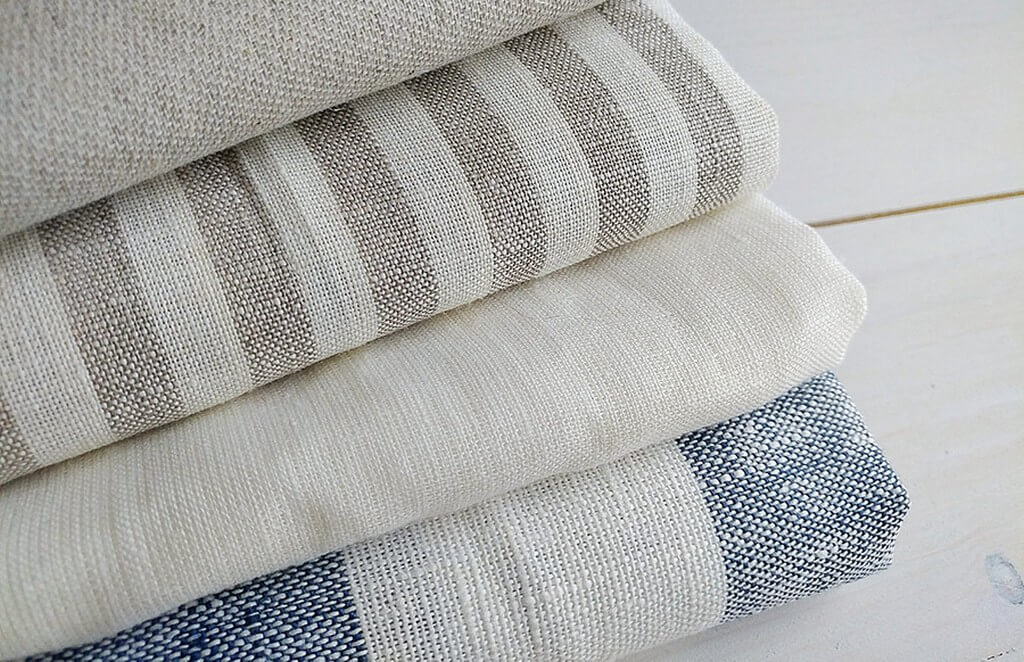Cool Bamboo Clothing Blog
Wiki Article
Why Are Wool Baselayers Made Of Yak And Merino Effective In Winter Sport Clothing Due To Their Natural Fiber Benefits And Environmental Sustainability?
Natural fibers are a great option for base layers of winter sports clothes, not just for their durability but also for their sustainability.
Both yak and merino wool are natural fibers derived from animals (yak and merino sheep, respectively). They are renewable resources that are harvested sustainably without harming animals. They are biodegradable fibers which means that they break down naturally, without harming the environment.
Low Environmental Impact
Natural fibers are typically less damaging to the environment than synthetic materials. The process of harvesting and cultivating wool requires less chemicals and less non-renewable substances compared with synthetic fibers.
Energy Efficiency
Wool fibers consume less energy than synthetic fibers, such as nylon or polyester. The process of making natural wool uses less energy, which decreases carbon emissions.
Microplastic Pollution Reduction
Natural wool fibres do not pollute the water with microplastics, like synthetic fibers.
The Recyclability and Longevity of Plastics
Yak Merino Wool clothes tend to be long-lasting and durable. lasting, which can extend their longevity. Additionally, wool fibers can be reused or recycled which reduces waste and environmental impact.
Sustainable Practices
Wool producers and manufacturers adhere to ethical, sustainable practices. These include the welfare of animals, land management which is accountable and fair working conditions for the workers involved in the chain of production.
Environmental Certification-
Certifications such as the Responsible Wool Standard and the Global Organic Textile Standard verify the ethically and environmentally sustainable practices of wool production. This provides consumers with confidence regarding the sustainability of wool production.
Base layers made of yak merino are generally environmentally friendly because they come from renewable and natural sources. They also have minimal environmental impact in production and use sustainable, ethical supply chains. Selecting natural fibers such as yak merino wool to make winter sports clothing is environmentally friendly and responsible consumption practices. Read the recommended merino wool base layer info for site tips including smartwool base layer sale, best layers for skiing, cheap merino wool base layer, merino wool thermals, cheap merino wool base layer, merino wool base layers, womens icebreaker base layer, warmest base layer for skiing, merino wool base layer women's sale, sweaty betty ski base layer and more.

What Are The Benefits Of Wearing Winter Outdoor Clothing Composed Of Bamboo? Of Comfort, Sustainability, And Protection?
Comfort, sustainability and protection are just three of the many advantages that bamboo clothing provides for outdoor winter clothing.
Softness - Bamboo fabric is a soft and silky texture that's gentle on skin. Bamboo's luxurious feel fabric is often compared with silk or cashmere.
Bamboo fibers are moisture wicking that means they draw water away from your skin and keep your skin dry and comfortable.
Thermal Regulation- Bamboo clothing has natural temperature-regulating properties, providing warmth in winter while remaining breathable to prevent overheating.
Sustainability-
Bamboo is highly renewable and is able to grow very quickly, without pesticides. It regenerates quickly and is a suitable choice for sustainable clothing.
Low environmental impact- Bamboo cultivation typically uses less water compared to traditional cotton farming, and does not reduce soil nutrients. Bamboo also produces more air and absorbs more carbon dioxide than most species.
Protection for Outdoor Wear-
UV Protection – Bamboo fabric has natural UV-resistant properties that offer protection from harmful UV rays.
Bamboo is an natural antimicrobial known as "bambookun," and it aids in stopping the growth of bacteria that produce the odor. This keeps clothes fresher for a longer period of time, particularly during outdoors activities.
Other Benefits
Bamboo fibres are strong and durable. They are suitable to make outdoor clothing susceptible to abuse.
Biodegradability. Bamboo clothes are biodegradable. They will be decomposed naturally after their time of life, reducing their impact on the environment.
The use of bamboo fabric in winter outdoor clothing offers a combination comfort, thermal regulation (regulating the body's temperature) as well as the management of moisture and sustainability. This makes it a very popular choice for environmentally friendly clothing. See the most popular bamboo clothing for more examples including faceplant pajamas, bamboo shorts, freefly summer hoodies, bamboo top, mens bamboo clothing, bamboo boxer shorts, bamboo jeans, bamboo baby clothes, bamboo clothing underwear, bamboo maternity wear and more.

What Does Bamboo And Merino Compare With Wool In Terms The Texture, Heat And Moisture Absorption
In comparison, merino wool is compared to traditional wool and bamboo clothes in terms of texture, warmth, moisture absorption, and texture.
Merino Wool Merino Wool Merino Wool is well-known for its softness and very fine fibers. It has a smoother and less scratchy texture in comparison to other kinds of wool. It is also considered more comfortable to wear.
Bamboo Clothing Bamboo fabric has a silky smooth texture that is often considered luxurious, like cashmere or silk. Bamboo has a soft and soft texture, making it easy to wear.
Traditional Wool Traditional wool's texture could differ. Some varieties are more coarse and cause more itching than bamboo clothing or merino clothing.
Warmth-
Merino Wolle- Merino fibers are excellent insulation and offer warmth. Even when damp, it retains warmth and acts as an effective insulation during frigid weather conditions.
Bamboo ClothingBamboo clothing provides warmth, however it may not provide the same degree of insulation like the merino wool. It regulates body's temperature, and also provides the comfort you need in all conditions.
Traditional Wool - Much like the merino wool, traditional wool is warm and is insulating. It can, however, feel heavier or bulkier compared to merino or bamboo clothing.
Moisture Absorption-
Merino Wool Merino Wool is a natural fiber with outstanding moisture-wicking abilities. It pulls moisture away from the skin and allows it to evaporate. Even when it is damp it is warm.
Bamboo clothing - Bamboo fabric is also moisture-wicking, allowing it to remove moisture from the skin. This gives support and comfort during physical exercise. It's a good moisture regulator, which keeps the wearer's skin dry.
Wool - Traditional wool is a natural fiber that can absorb moisture but may not have moisture-wicking qualities as bamboo or merino. Certain types of wool may feel damp or heavy when wet.
Merino is considered to be an extremely warm and soft material that has excellent moisture wicking properties. Bamboo clothing is smooth and silky. It's warm. It also regulates moisture. Wool clothing has a variety of textures and provides warmth and moisture absorbency However, it may feel heavier or coarser than bamboo or merino clothes. Each type of material has distinct properties to meet the different needs in clothes. Have a look at the top bamboo winter clothings examples for website recommendations including warmest base layer for skiing, merino wool thermal underwear, merino wool first lite, smartwool base layer womens, ski thermals womens, best thermal underwear for skiing, best thermals for skiing, smartwool base layer sale, merino wool leggings mens, wool underlayer and more.
